Home>Technology>Home Entertainment Systems>What To Look For In A Projector For Home Theater


Home Entertainment Systems
What To Look For In A Projector For Home Theater
Modified: January 9, 2024
Looking for the perfect projector for your home theater? Discover key features to consider when choosing a projector for your home entertainment system. Explore top tips and recommendations for an immersive viewing experience.
(Many of the links in this article redirect to a specific reviewed product. Your purchase of these products through affiliate links helps to generate commission for Storables.com, at no extra cost. Learn more)
Resolution
When choosing a projector for your home theater, one of the most crucial factors to consider is the resolution. The resolution of a projector determines the clarity and sharpness of the images it displays. It's akin to the number of pixels on a television or computer monitor. Here's a breakdown of the common projector resolutions:
-
HD (1280 x 720 pixels): This resolution is suitable for smaller screens and provides a decent viewing experience. It's a cost-effective option for casual home theater setups.
-
Full HD (1920 x 1080 pixels): Full HD projectors deliver a more immersive viewing experience, especially on larger screens. They are ideal for movie nights and gaming sessions, offering crisp and detailed imagery.
-
4K Ultra HD (3840 x 2160 pixels): For the ultimate cinematic experience, 4K projectors are unparalleled in their ability to showcase stunning visuals with exceptional detail and clarity. They are perfect for larger screens and bring out the full potential of your favorite movies and games.
When considering resolution, it's essential to match the projector's capabilities with your viewing preferences and the size of your home theater space. While higher resolutions offer incredible picture quality, they often come with a higher price tag. Therefore, it's crucial to strike a balance between resolution, screen size, and budget to ensure an optimal viewing experience for your home theater.
Key Takeaways:
- Choose a projector with the right resolution, brightness, and contrast ratio to match your home theater space and budget, ensuring an optimal viewing experience for movies, gaming, and more.
- Prioritize projectors with versatile connectivity, compact size, and enhanced sound quality to seamlessly integrate into your home theater setup, offering flexibility, immersive audio-visual experiences, and long-term value.
Brightness
When evaluating projectors for your home theater, brightness plays a pivotal role in delivering vivid and captivating visuals. Measured in lumens, brightness determines the projector’s ability to produce a clear image, especially in varying lighting conditions. Here’s a breakdown of how brightness levels correspond to different viewing environments:
- Low-Light Environments: In a dedicated home theater room with controlled lighting, a projector with a brightness of 1500 to 2500 lumens is suitable. This range ensures that the projected images appear vibrant and well-defined without overwhelming the eyes in darker settings.
- Ambient-Light Environments: For spaces with some ambient light, such as a living room with windows or ambient lighting, a projector with a brightness of 2500 to 3500 lumens is recommended. This higher brightness compensates for the ambient light, maintaining image clarity and color vibrancy.
- Daytime or Well-Lit Environments: If your home theater area is frequently exposed to daylight or has significant ambient light, consider a projector with a brightness of 3500 lumens or higher. This ensures that the projected content remains visible and engaging, even in brighter conditions.
It’s important to match the projector’s brightness with the specific lighting conditions in your home theater space to achieve an optimal viewing experience. Additionally, brighter projectors offer the flexibility to accommodate different lighting scenarios, making them versatile for various entertainment setups.
By selecting a projector with the appropriate brightness level, you can ensure that your home theater consistently delivers captivating visuals, whether you’re enjoying a movie marathon, gaming with friends, or immersing yourself in your favorite TV shows.
Contrast Ratio
When exploring projector options for your home theater, the contrast ratio is a critical specification that significantly impacts the quality of the projected images. The contrast ratio measures the distinction between the brightest and darkest elements within the projected content. A higher contrast ratio results in more vibrant, lifelike images with enhanced depth and detail. Here’s a closer look at the significance of contrast ratio:
A projector’s contrast ratio is expressed as a numerical value, such as 1000:1 or 500,000:1. The first number represents the brightness of the brightest image, while the second number denotes the darkness of the darkest image. For instance, a projector with a contrast ratio of 3000:1 means that the brightest image is 3000 times brighter than the darkest image it can produce.
For a captivating home theater experience, consider projectors with higher contrast ratios, as they excel in rendering rich, nuanced visuals with exceptional clarity. Here’s a general guide to contrast ratios:
- Standard Contrast Ratio (1000:1 to 3000:1): Projectors with these contrast ratios offer satisfactory image quality for casual home entertainment setups, providing decent differentiation between light and dark elements.
- High Contrast Ratio (3000:1 to 10,000:1): Projectors in this range deliver superior image depth and detail, enhancing the overall viewing experience, particularly for movie enthusiasts and gaming aficionados.
- Ultra-High Contrast Ratio (10,000:1 and above): These projectors produce stunning visuals with exceptional depth, making them ideal for dedicated home theaters and demanding visual applications.
By prioritizing projectors with impressive contrast ratios, you can elevate your home theater experience, immersing yourself in visually striking content with remarkable clarity and realism. The interplay of brightness and darkness, accentuated by a high contrast ratio, brings out the full emotional impact of movies, games, and other multimedia content, creating a truly captivating cinematic atmosphere within your home.
Throw Distance
Understanding the throw distance is crucial when selecting a projector for your home theater, as it directly impacts the size of the projected image and the placement of the projector within your space. The throw distance refers to the distance between the projector and the screen necessary to achieve a specific image size. Here’s a breakdown of the two primary throw distance categories:
- Short Throw: Short throw projectors are designed to project large images from a short distance. This makes them ideal for smaller rooms or spaces where the projector needs to be placed relatively close to the screen. With a short throw projector, you can achieve a substantial image size without the need for extensive room depth, making them suitable for cozy home theater setups and gaming environments.
- Long Throw: Long throw projectors are engineered to project large images from a considerable distance. They are well-suited for spacious home theaters or areas where the projector must be placed farther away from the screen. Long throw projectors offer flexibility in positioning and are capable of filling expansive screens with immersive visuals, making them ideal for larger viewing spaces.
When considering throw distance, it’s essential to measure the available space in your home theater and determine the desired screen size. This allows you to select a projector with the appropriate throw ratio to achieve the optimal viewing experience. Additionally, some projectors feature adjustable zoom and lens shift capabilities, providing further flexibility in fine-tuning the projected image size and position.
By understanding throw distance and selecting a projector that aligns with your home theater’s spatial constraints and viewing preferences, you can create an immersive cinematic environment that brings your favorite movies, games, and multimedia content to life in a visually captivating and engaging manner.
Connectivity
When evaluating projectors for your home theater, the connectivity options play a vital role in ensuring seamless integration with various multimedia devices and content sources. A projector’s connectivity features determine its ability to interface with external devices such as streaming players, gaming consoles, Blu-ray players, and audio systems. Here’s an overview of essential connectivity options to consider when selecting a projector for your home theater:
- HDMI Ports: HDMI (High-Definition Multimedia Interface) ports are essential for connecting modern multimedia devices, offering high-quality digital audio and video transmission. Multiple HDMI ports enable simultaneous connections, accommodating diverse entertainment setups.
- USB and SD Card Slots: Projectors equipped with USB and SD card slots provide convenient access to multimedia content stored on external drives and memory cards, allowing for direct playback without the need for additional devices.
- Wireless Connectivity: Some projectors feature built-in Wi-Fi or Bluetooth capabilities, enabling wireless streaming from compatible devices such as smartphones, tablets, and laptops. Wireless connectivity enhances convenience and flexibility in accessing and sharing multimedia content.
- Audio Outputs: Audio outputs, such as 3.5mm audio jacks and optical audio ports, facilitate seamless connection to external sound systems, amplifiers, or headphones, enhancing the overall audio experience of your home theater.
- VGA and Component Inputs: Legacy devices and older gaming consoles may require VGA or component inputs for connectivity. Projectors with these inputs ensure compatibility with a wide range of multimedia sources.
By prioritizing projectors with versatile connectivity options, you can seamlessly integrate your home theater setup with various multimedia devices, creating a cohesive and immersive entertainment environment. Whether you’re streaming the latest blockbuster, engaging in multiplayer gaming sessions, or enjoying multimedia presentations, a well-connected projector enhances accessibility and versatility, enriching your home entertainment experience.
When looking for a projector for home theater, consider the resolution, brightness, contrast ratio, and connectivity options to ensure a high-quality viewing experience.
Size and Portability
When selecting a projector for your home theater, considering the size and portability of the device is essential, especially if you value flexibility in its placement and intend to use it in various locations. Here’s a closer look at the significance of size and portability when choosing a projector:
Compactness and Weight: Opting for a compact and lightweight projector offers the advantage of easy maneuverability and placement within your home theater space. Portable projectors are ideal for users who prioritize versatility and may want to set up temporary viewing environments for outdoor movie nights, gaming gatherings, or presentations.
Installation Flexibility: Smaller projectors are often easier to mount or position on different surfaces, providing flexibility in achieving the desired projection angle and screen size. This versatility allows for creative and adaptable home theater setups, catering to diverse viewing preferences and spatial constraints.
Convenient Storage: Compact projectors are easier to store when not in use, making them suitable for users with limited storage space or those who prefer a clutter-free entertainment area. Their portability also facilitates effortless relocation and sharing of the projector across multiple spaces within your home.
By considering the size and portability of the projector, you can tailor your home theater setup to align with your lifestyle and entertainment needs, ensuring that the projector seamlessly integrates into your space while offering the flexibility to adapt to various viewing scenarios.
Sound Quality
While the visual aspect of a home theater is crucial, the role of sound quality should not be overlooked when choosing a projector. The audio performance of a projector significantly contributes to the immersive and engaging nature of your home entertainment experience. Here’s a closer look at the importance of sound quality in projector selection:
Built-in Speakers: Some projectors come equipped with built-in speakers, providing a convenient audio solution for smaller viewing spaces or casual setups. These integrated speakers offer basic sound output, suitable for casual movie nights or gaming sessions.
Audio Output Options: Projectors featuring audio output ports, such as 3.5mm jacks or optical audio connections, allow for seamless integration with external sound systems, soundbars, or home theater receivers. This flexibility enables users to enhance the audio experience by connecting to dedicated audio equipment for immersive surround sound.
Audio Processing Capabilities: High-quality projectors often incorporate advanced audio processing technologies to optimize sound reproduction, delivering clear dialogue, dynamic sound effects, and balanced audio performance. These features contribute to a more immersive and cinematic audio experience, complementing the visual impact of the projected content.
External Audio Solutions: For users seeking a premium audio experience, pairing the projector with a dedicated surround sound system or soundbar can elevate the overall audio-visual immersion, creating a truly cinematic atmosphere within the home theater space.
By considering the sound quality aspects of a projector, you can ensure that your home theater setup delivers a well-rounded sensory experience, captivating audiences with both stunning visuals and immersive audio. Whether you’re enjoying the latest blockbuster, immersing yourself in gaming adventures, or hosting a movie marathon, a projector with enhanced sound capabilities enhances the overall entertainment experience.
Price and Value
When embarking on the journey to select a projector for your home theater, striking a balance between price and value is paramount. The investment in a projector should align with your budget while delivering a compelling and immersive viewing experience. Here’s a comprehensive perspective on the significance of price and value when choosing a projector:
Cost-Performance Ratio: Assessing the cost-performance ratio of a projector involves evaluating its features, image quality, and overall capabilities in relation to its price. A projector that offers a compelling combination of performance and affordability provides excellent value for your home theater investment.
Long-Term Enjoyment: Consider the long-term value that a projector brings to your home entertainment setup. A higher initial investment in a projector with superior image quality, robust features, and long-term reliability can result in extended enjoyment and satisfaction, making it a worthwhile investment over time.
Feature Set and Enhancements: Projectors with advanced features, such as 4K resolution, HDR support, enhanced color accuracy, and versatile connectivity options, offer added value by enriching the viewing experience and future-proofing your home theater setup against evolving multimedia standards.
Warranty and Support: Assessing the warranty coverage and after-sales support provided by the projector manufacturer adds intrinsic value to your purchase. A comprehensive warranty and responsive customer support contribute to peace of mind and ensure a positive ownership experience.
By carefully evaluating the price and value proposition of a projector, you can make an informed decision that aligns with your budget and entertainment aspirations, ultimately enhancing your home theater experience with a projector that delivers exceptional value and long-term satisfaction.
Brand and Warranty
When navigating the landscape of projector options for your home theater, considering the brand reputation and warranty coverage is instrumental in ensuring a reliable and satisfying ownership experience. Here’s an exploration of the significance of brand and warranty when selecting a projector:
Brand Reputation: Opting for a projector from a reputable and established brand instills confidence in the product’s quality, performance, and long-term reliability. Renowned brands often have a track record of delivering innovative technologies, customer satisfaction, and comprehensive support, enhancing the overall ownership experience.
Product Reliability: Projectors from reputable brands are often backed by extensive research, development, and quality assurance processes, resulting in reliable and durable products. This reliability contributes to the longevity and consistent performance of the projector within your home theater setup.
Warranty Coverage: Assessing the warranty terms and coverage provided by the projector manufacturer is crucial. A generous warranty period, comprehensive coverage for parts and labor, and responsive customer support contribute to peace of mind and protection against unforeseen issues, ensuring a positive ownership experience.
After-Sales Support: Consider the after-sales support and technical assistance offered by the brand. Responsive customer support, access to troubleshooting resources, and a dedicated service network can significantly enhance the overall satisfaction and usability of the projector, providing reassurance throughout its lifecycle.
By prioritizing projectors from reputable brands with comprehensive warranty coverage and robust after-sales support, you can invest in a reliable and enduring addition to your home theater, ensuring a rewarding and worry-free entertainment experience.
Frequently Asked Questions about What To Look For In A Projector For Home Theater
Was this page helpful?
At Storables.com, we guarantee accurate and reliable information. Our content, validated by Expert Board Contributors, is crafted following stringent Editorial Policies. We're committed to providing you with well-researched, expert-backed insights for all your informational needs.
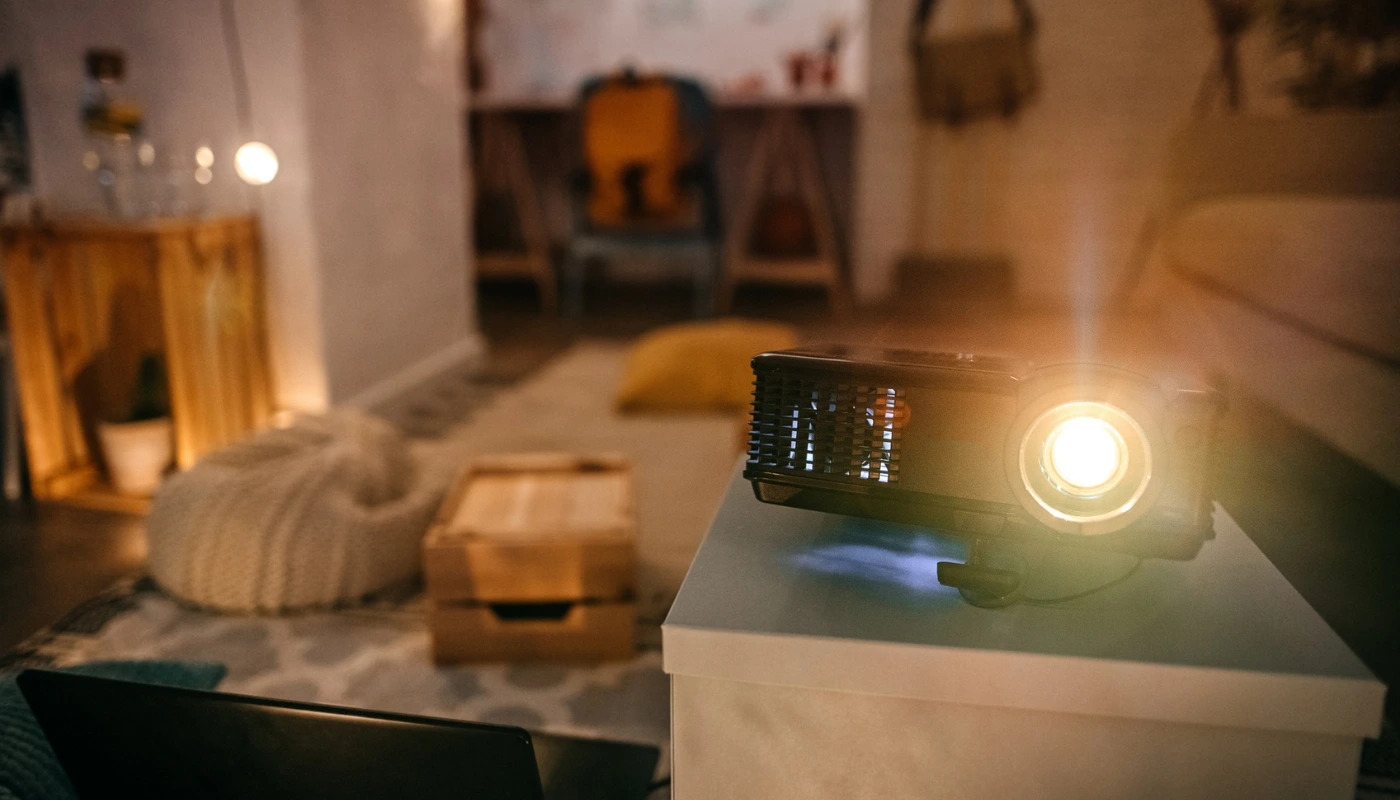
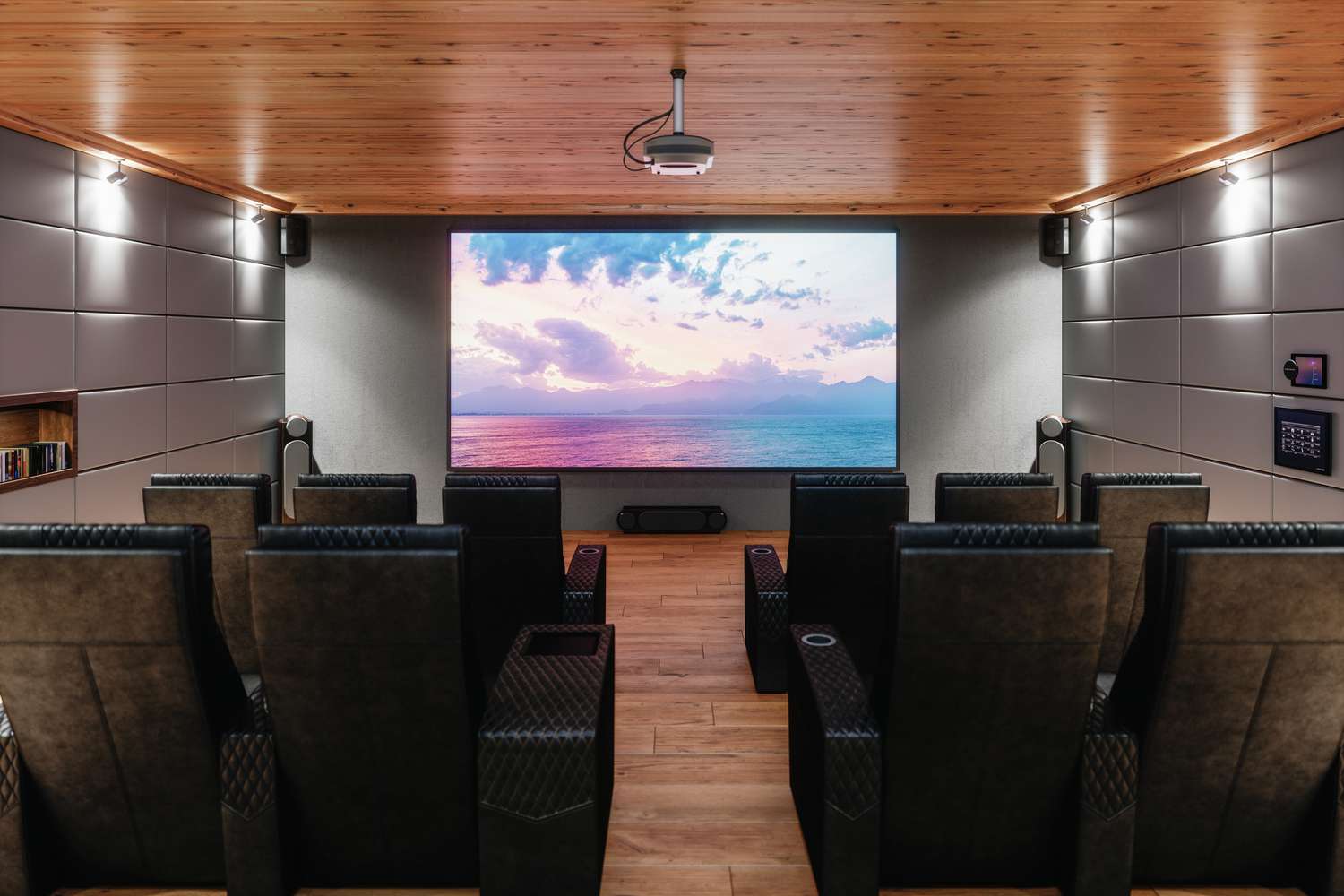
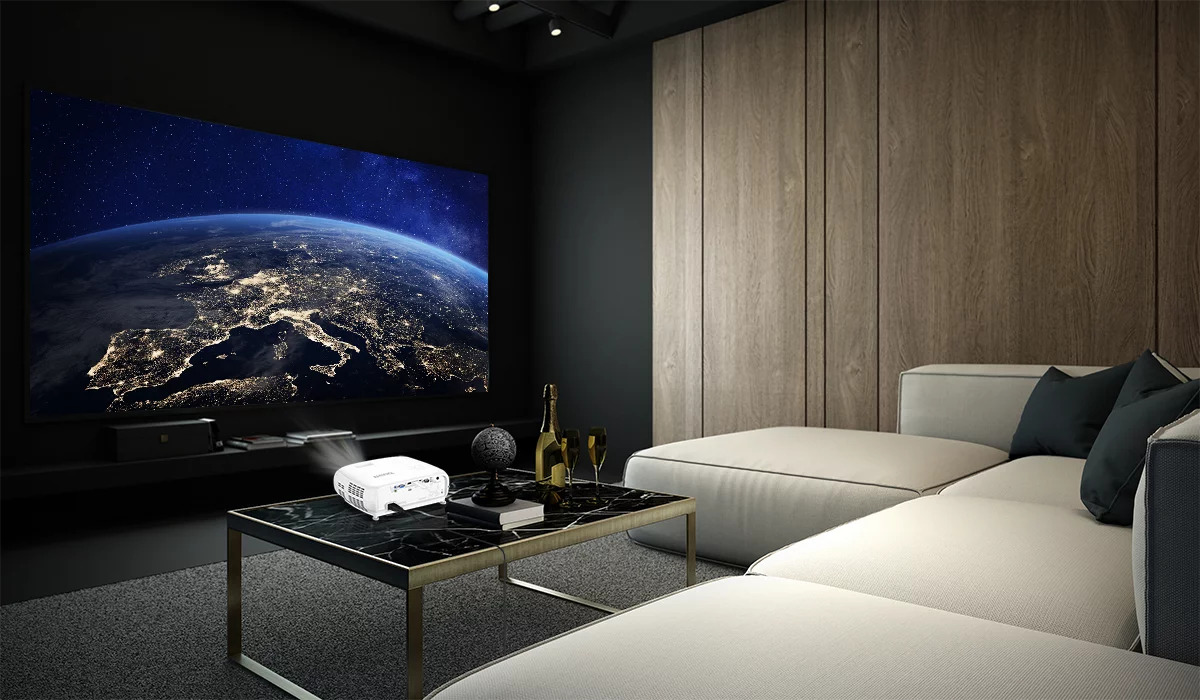
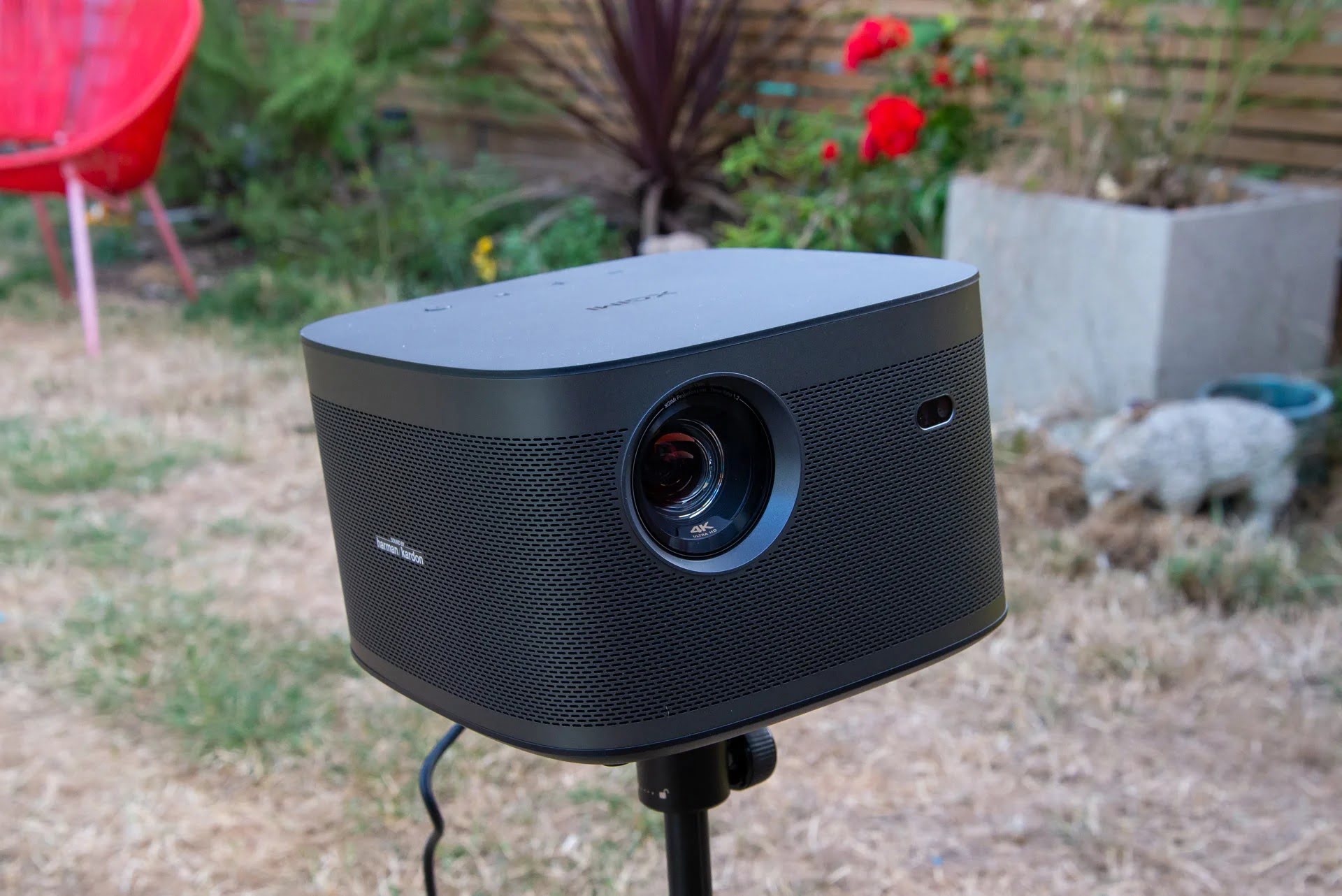
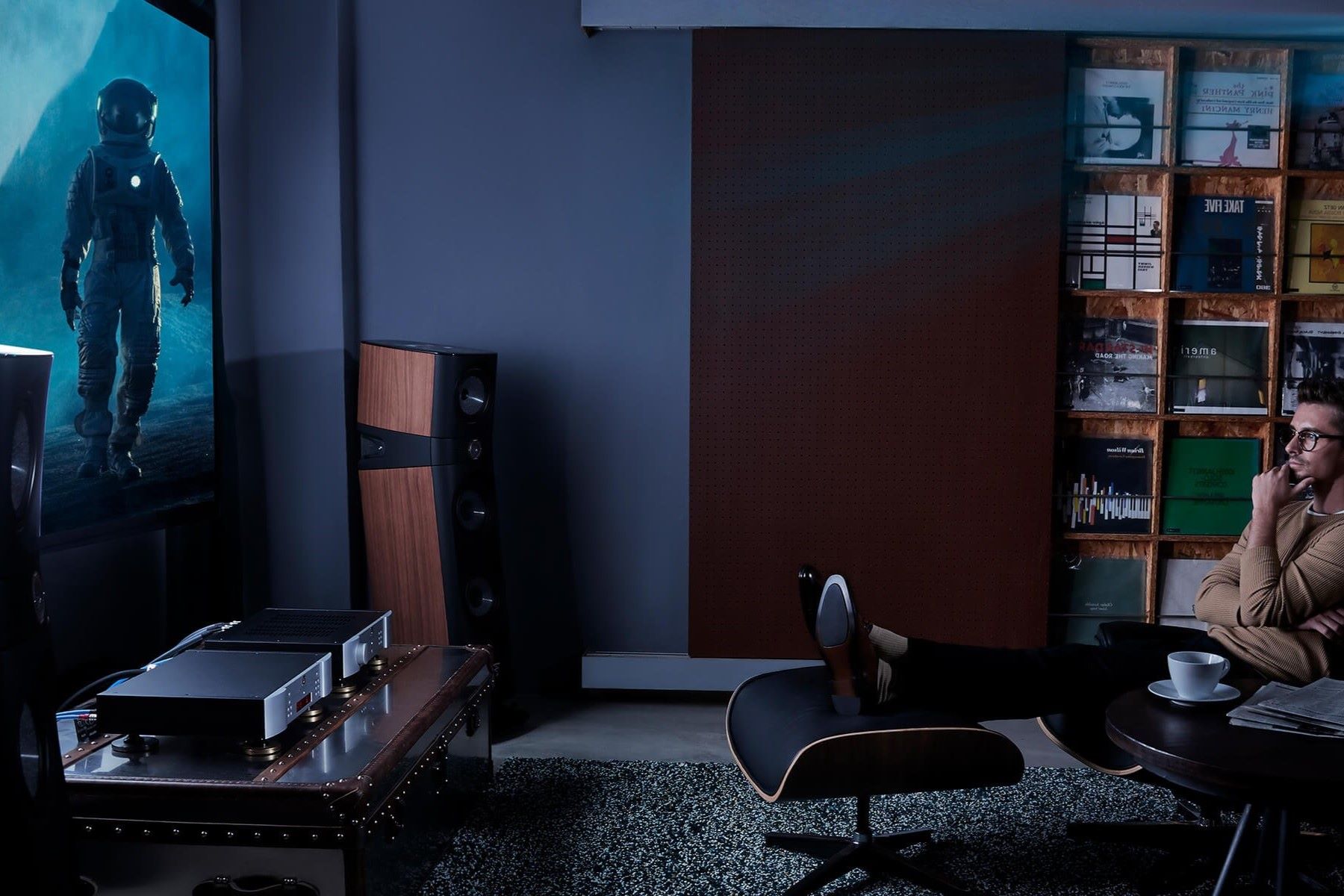

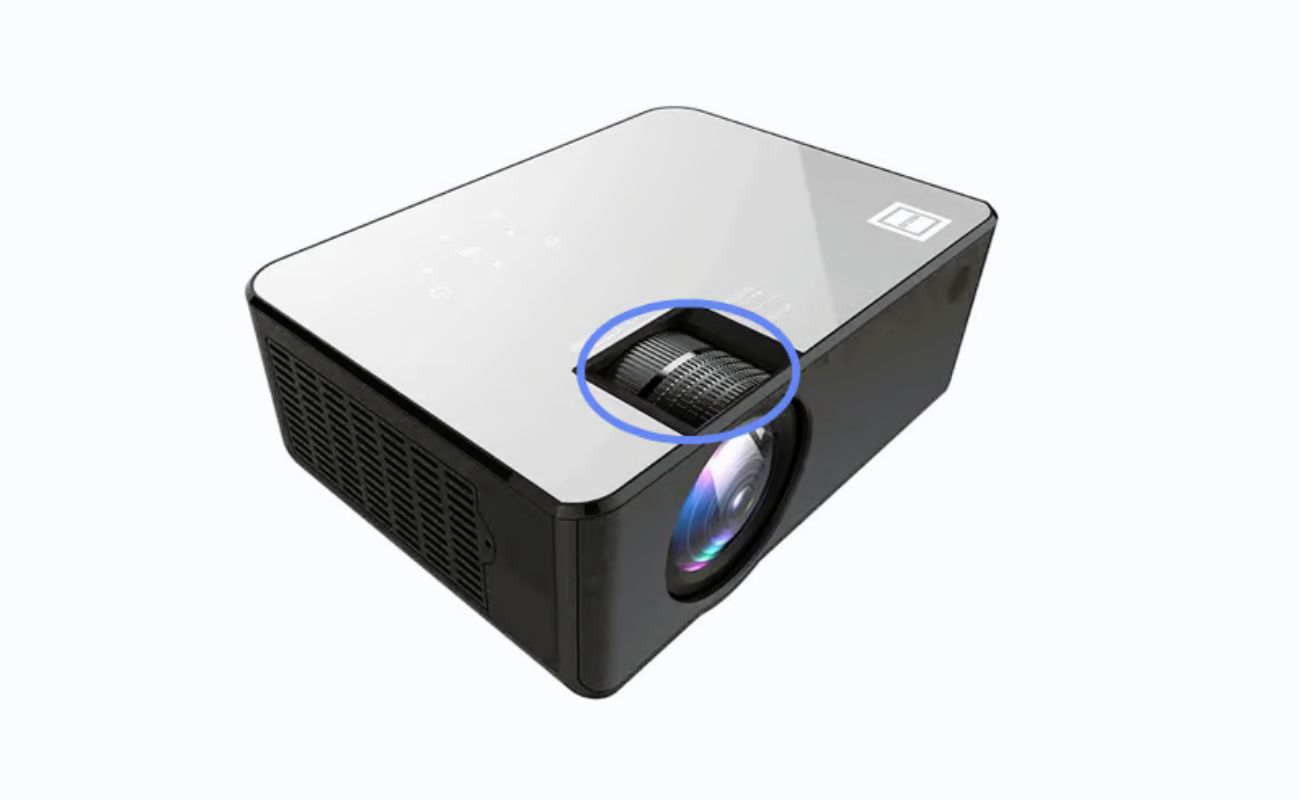
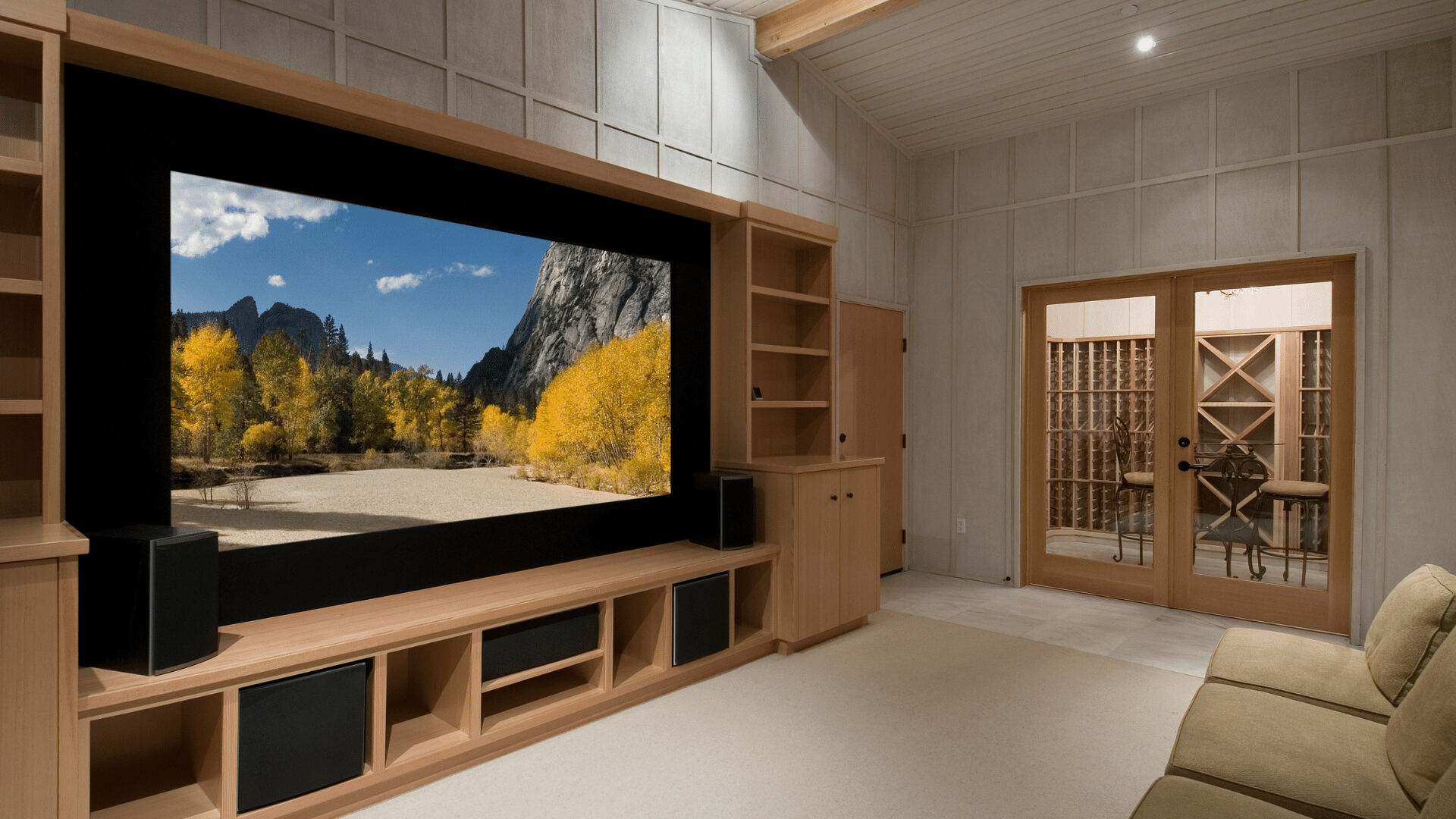

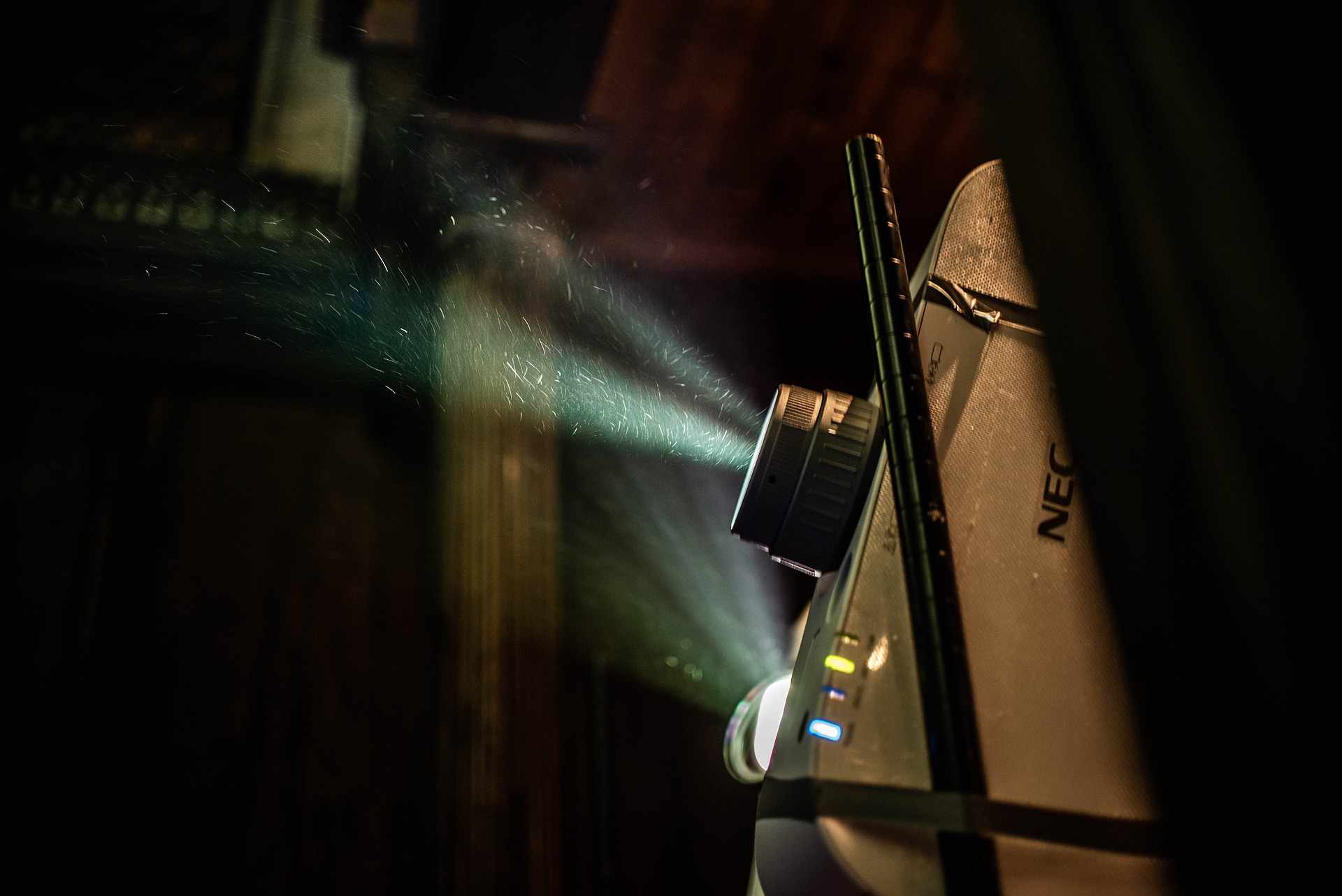
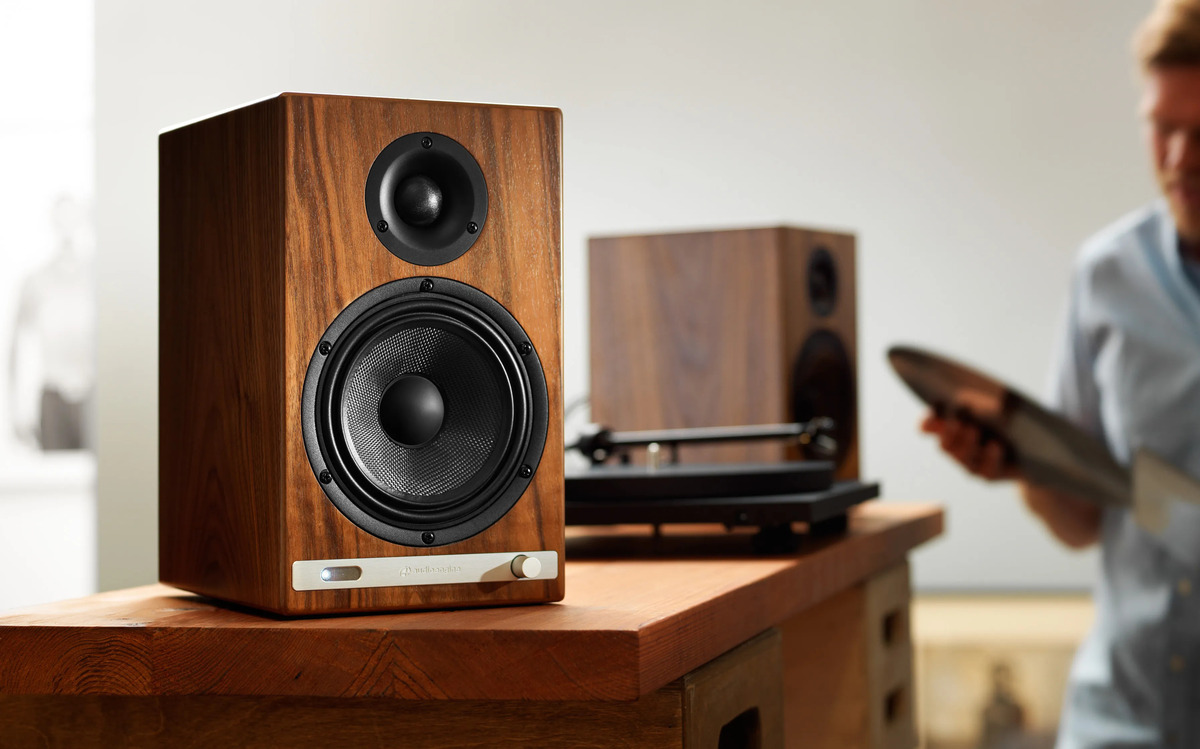
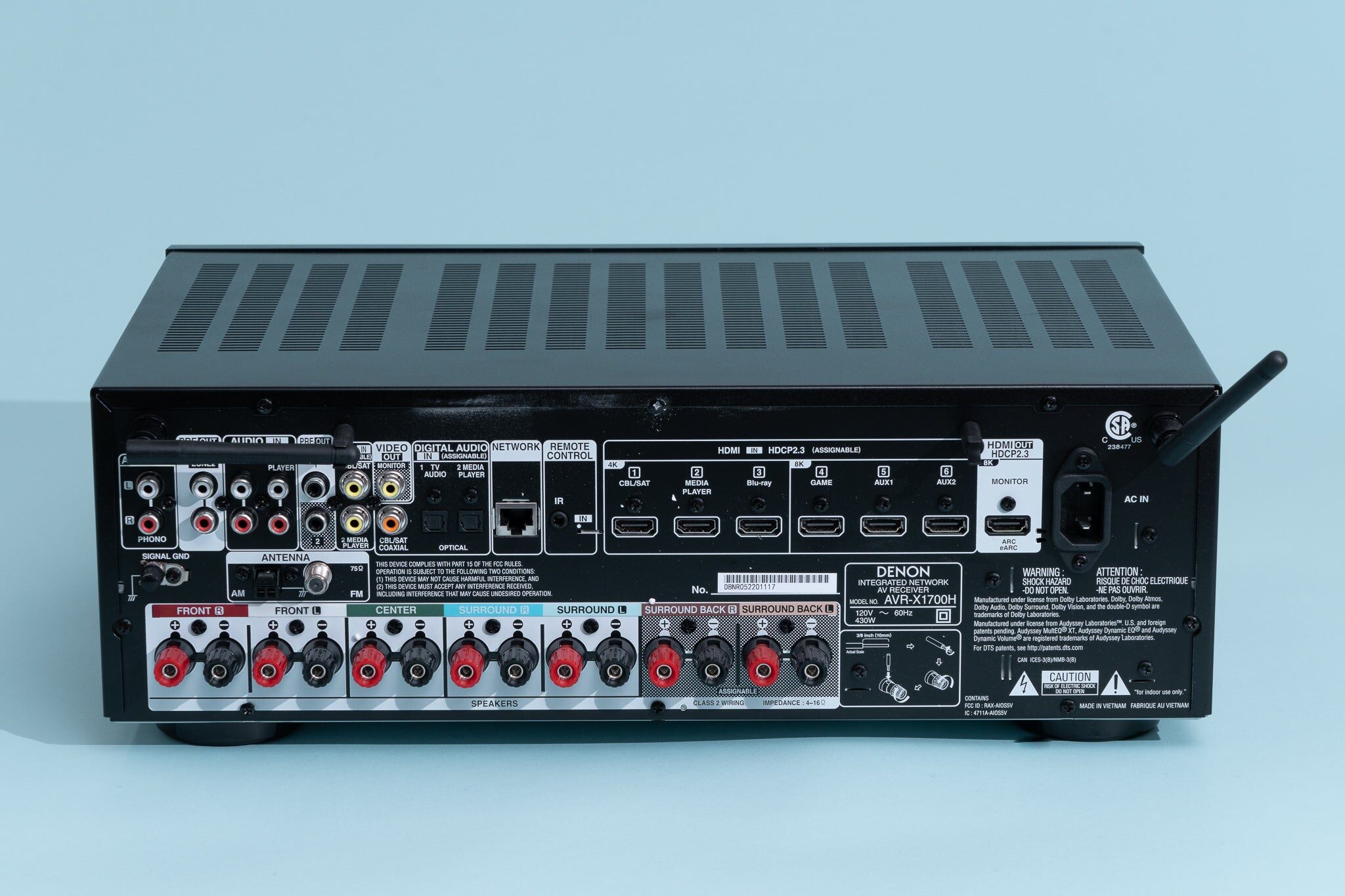
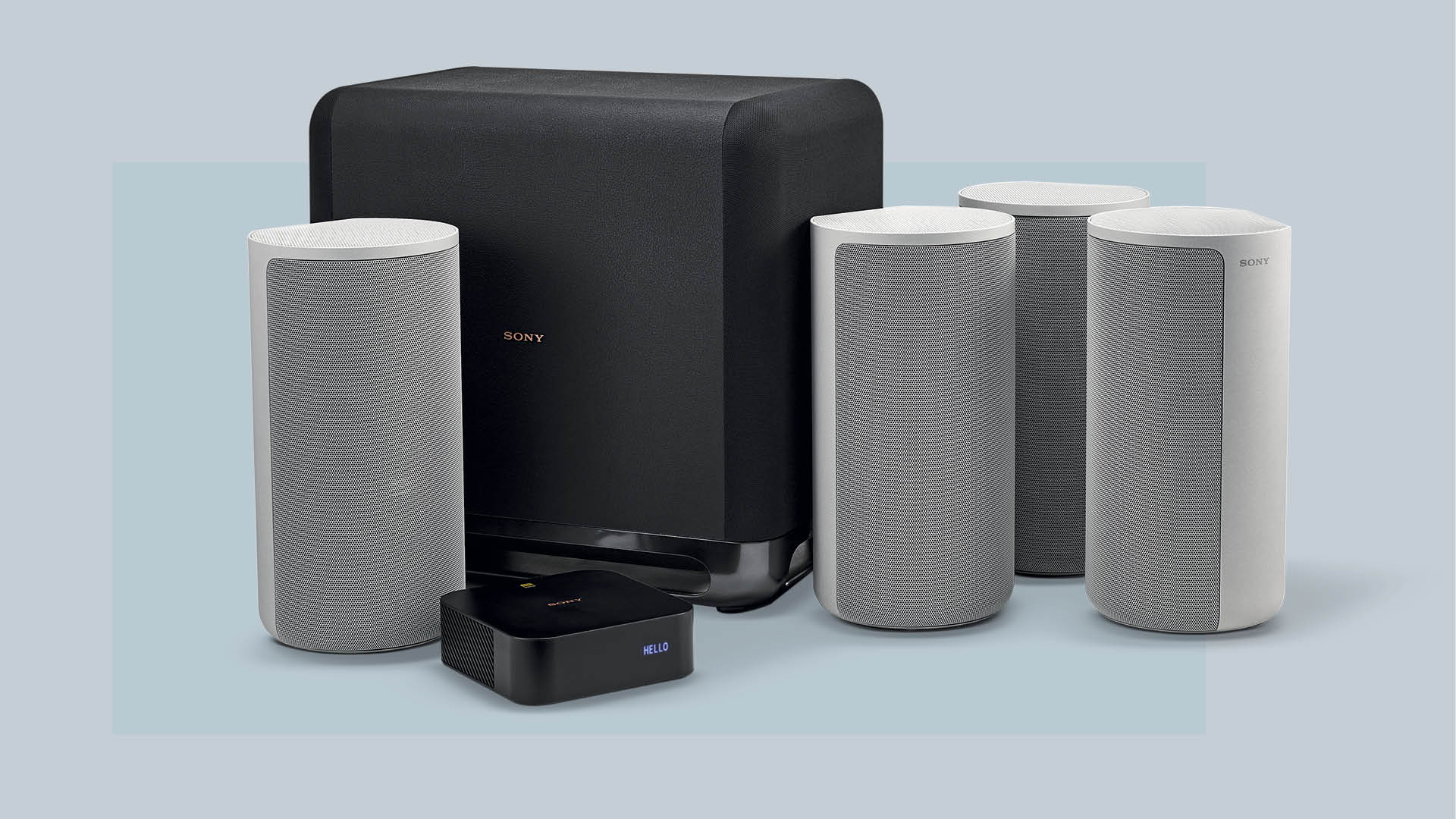


0 thoughts on “What To Look For In A Projector For Home Theater”